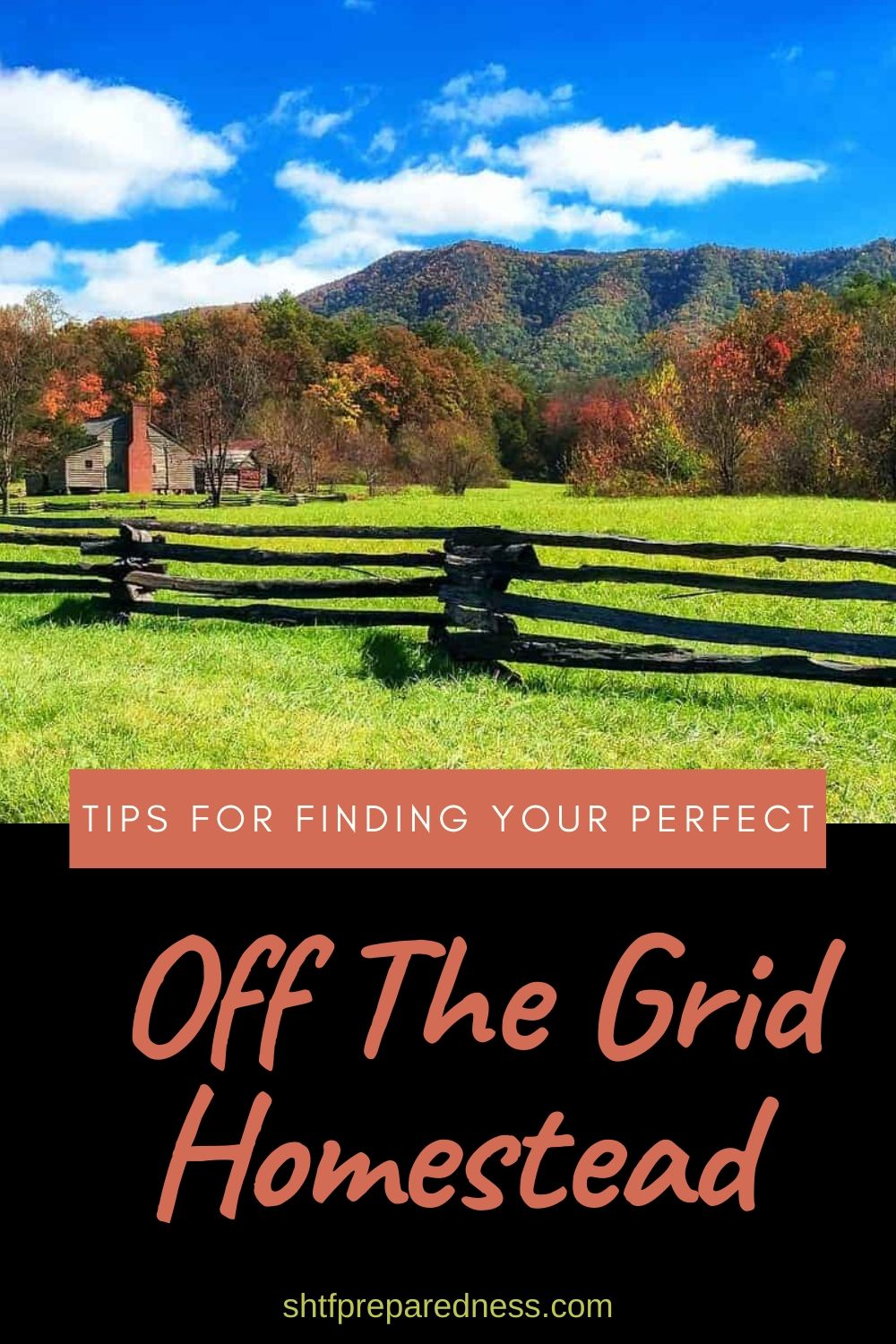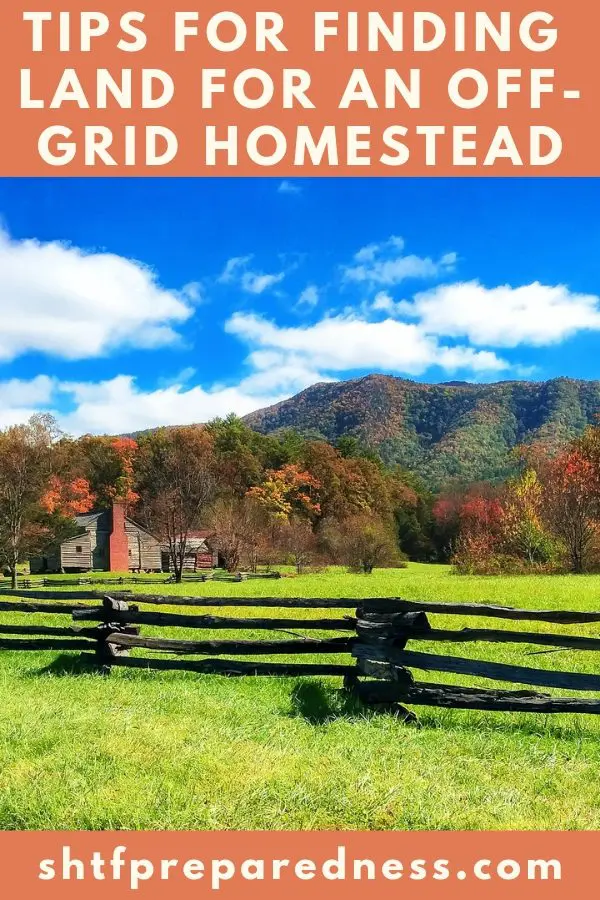It could be the result of a growing desire for sustainability or preparedness. Maybe it took one stressful commute too many.
Regardless of the reason, the appeal of an off-grid homestead is undeniable to many. It’s possible to make this dream a reality once you know what to look for when researching land for your off-grid homestead.
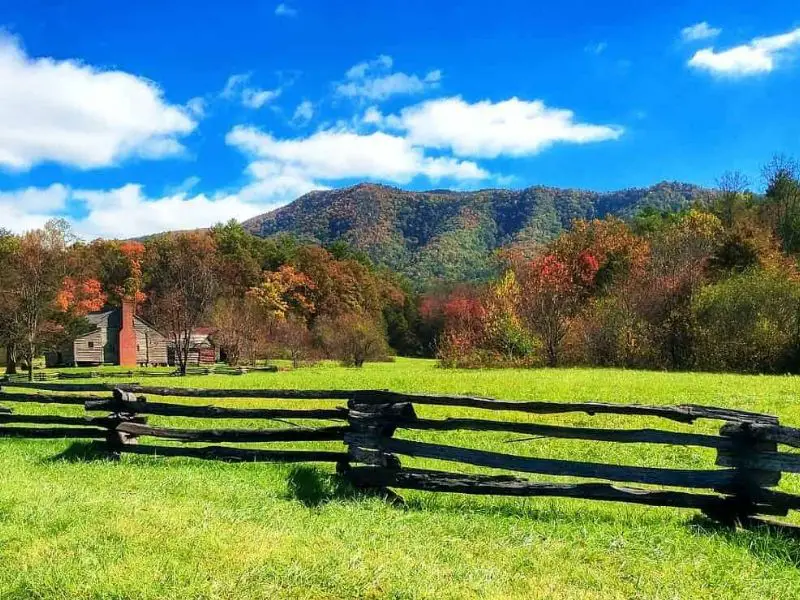
An off-grid homestead is a goal of sustainability fans and people who just want a simpler lifestyle. Natural disasters and political concerns draw those interested in being prepared for anything to the idea as well.
A recent survey showed as many as 1 in 4 Americans have purchased survival gear. Gen Xers and baby boomers are the next largest generation after millennials.
Tips for Finding Land for an Off Grid Homestead
This guide will detail some of the more important aspects to consider when finding land for your dream homestead off the grid.
Whether it’s being purchased and built up now or thrown together in a pinch during an emergency.
Prospective homesteaders need to make sure the land they purchase offers adequate access to five essential things:
- Shelter
- Food Sources
- Energy
- Water
- Waste Management
The Right Foundation for Shelter
When erecting a cabin or other home, the first step is making sure a parcel contains the right type of rock and soil. Most experts prefer loam since it’s a combination of soils.
When visual inspection doesn’t reveal the type of soil, a professional can test the parcel. Consider rocks and slopes regarding issues with stability, erosion, and water flow.
Food Potential
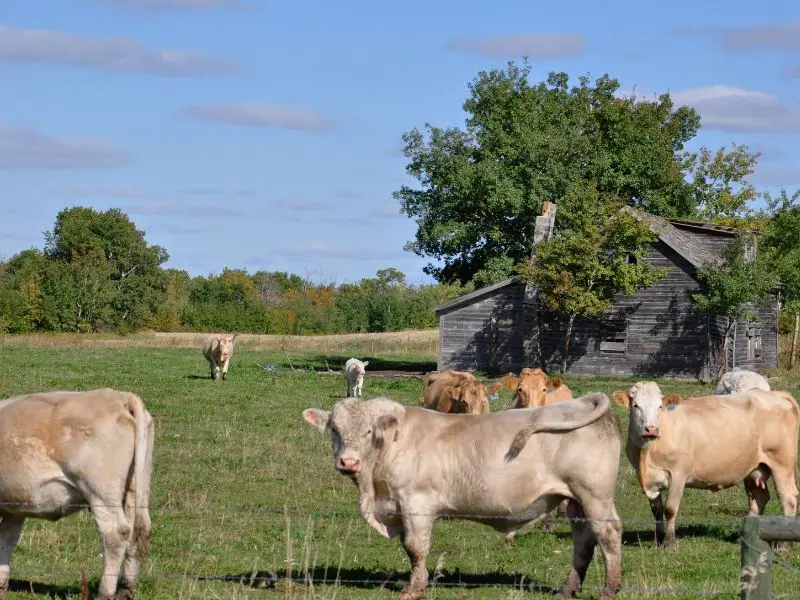
If you’re planning to grow crops, you need to consider the type of soil present and how you’ll approach the growing season.
Also important are enough sun, sufficient soil nutrients, and a sound maintenance routine.
If you picture raising livestock, the parcel should have enough space for animals to thrive, support grazing, and allow you to grow food for them if that’s your plan.
Are native plants available to eat? If you intend to dine on local wildlife, such as deer, make sure proper permits are available for hunting and fishing.
Natural Energy Sources
While this isn’t absolutely necessary for survival in all areas, it can increase one’s quality of life significantly and provide things like heating, cooling, refrigeration, and light.
Water could be the source of your electric power. If a parcel lacks a stream or waterfall, you might be able to use an artificial approach, such as creating a dam.
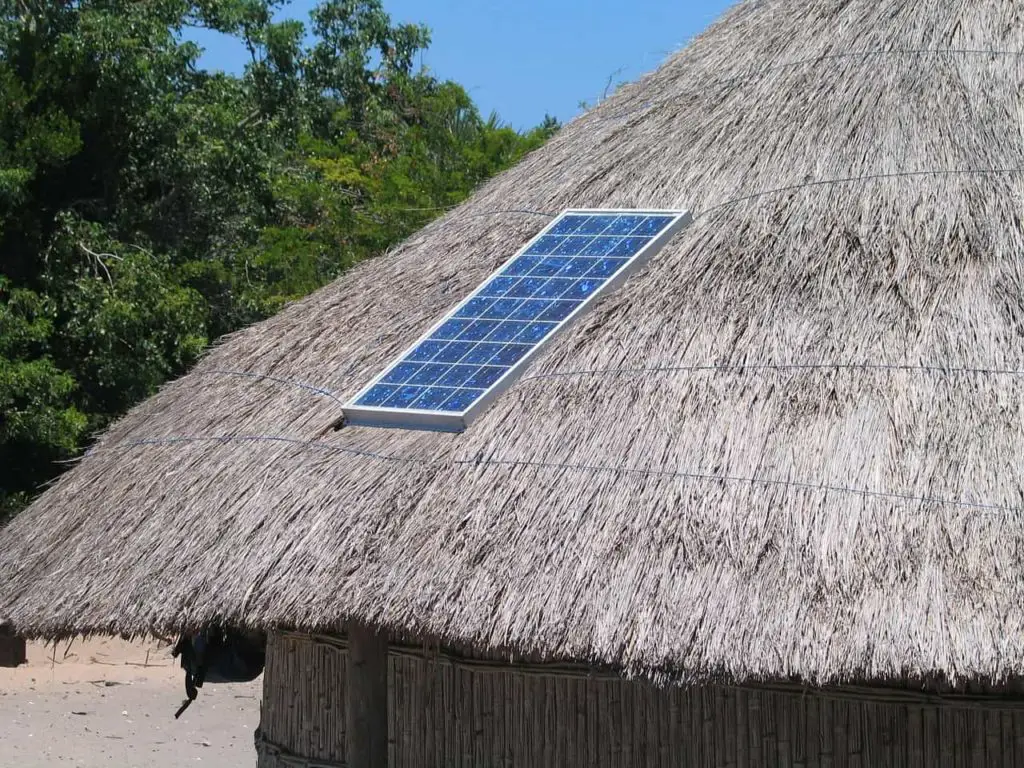
Solar panels could be a benefit, regardless of the geographic area you choose.
You can also consider harnessing wind power potential to run a turbine that generates electricity to operate a generator.
Adequate Water Sources
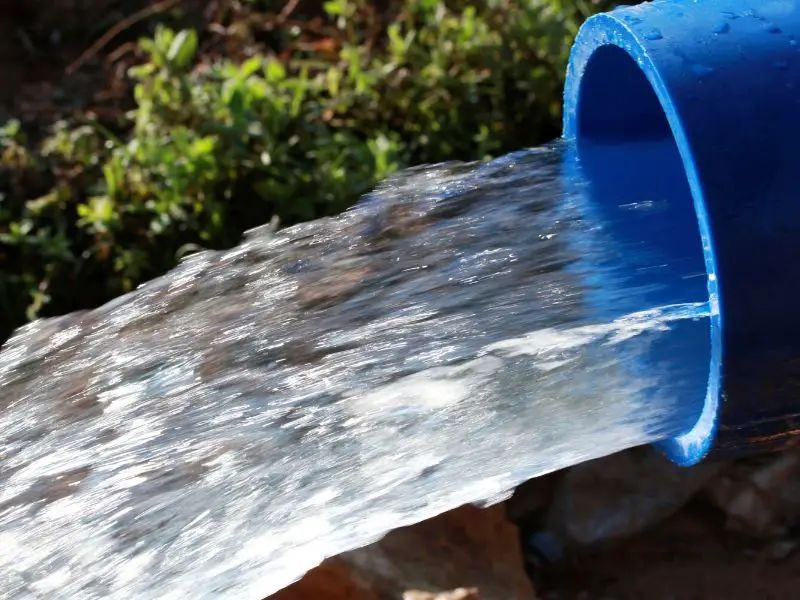
Very few homesteads could exist without good access to water. Many use hundreds of gallons of it each day.
A property must offer one of two ways to get it. The first is accessing water under the property by drilling a well.
The other alternative is passive rain collection. It’s important to make sure that land grade permits water to flow away from any structures or livestock and to check local restrictions on water rights before implementation.
Waste Disposal
Can you bury waste, or would you need to cart it off the property?
Consider the steps you might have to take to keep predators, insects, or other pests away from what you discard. This could mean special fences or accommodations to protect livestock and crops.
Avoiding Potential Legal Issues
Beyond researching all of the essentials for survival, those finding and purchasing land for an off-grid homestead will likely need to do some research on any potential real estate issues.
Now, this probably will not apply in an SHTF situation. But in the meantime, it’s a good practice to avoid headaches.
Make sure to verify the ownership history and check for potential development restrictions. Also, confirm that you have all the easements and access you need to live on the property.
The last thing a homesteader would want is to be told they are not permitted to use the land in a way they would like to. Or worse, figure out that the land they purchased was not actually owned by the one who sold it to them.
Doing your due diligence prior to putting pen to paper will prevent costly issues from presenting themselves after acquiring your land.
